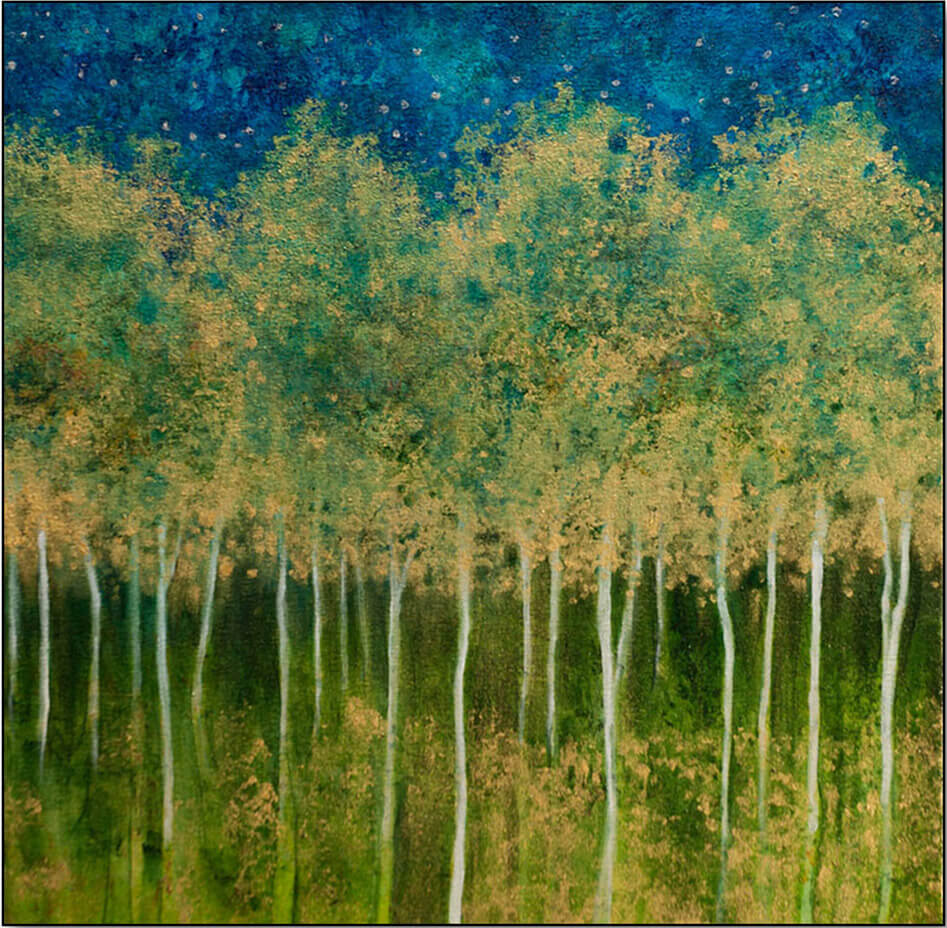Paul Klee

I think it is important for artists to experience the work of other artists, not just by viewing their work but also in reading about their point of view, their references; the mind-workings, thoughts and emotions that permeate their creative process. I find myself guilty of not doing nearly enough of that. Recently, however, in pursuit of learning more about the artist Josef Albers, I picked up a book about the Bauhaus ("The Bauhaus Group: Six Masters if Modernism" by Nicholas Fox Weber). Albers is a particular favorite of mine as color was the focus of his work and is, along with texture, the two primary inquiries and components of my own paintings. When I was at the Maryland Institute College of Art (MICA) in the 1960's, I had the great fortune to take classes with Reba Stewart who studied with Albers at Yale. The book was indeed useful in expanding my experience of Josef Albers. The author also wrote about the other principles of the Bauhaus: Walter Gropius, Paul Klee, Wassily Kandinsky, Anni Albers & Ludwig Mies van der Rohe. While I am familiar in varying degrees with all of these giants, I found myself most intrigued by a Bauhaus artist whom I had never studied in any depth -- the German-Swiss artist Paul Klee. In reading of his life and work, I was enchanted by his ethereal almost childlike qualities, his whimsy, his musicality, wit and playfulness as well as his use of symbolic images and his paintings that reference mythology, poetry, music and dreams. My subsequent painting "In Thinking of Paul Klee" was done shortly after reading that book and also after stumbling upon a photograph of a grove of white paper birches. I immediately imagined that one of Klee's fanciful animals might indeed be hidden there.
"Art does not reproduce the visible; rather, it makes visible." – Paul Klee